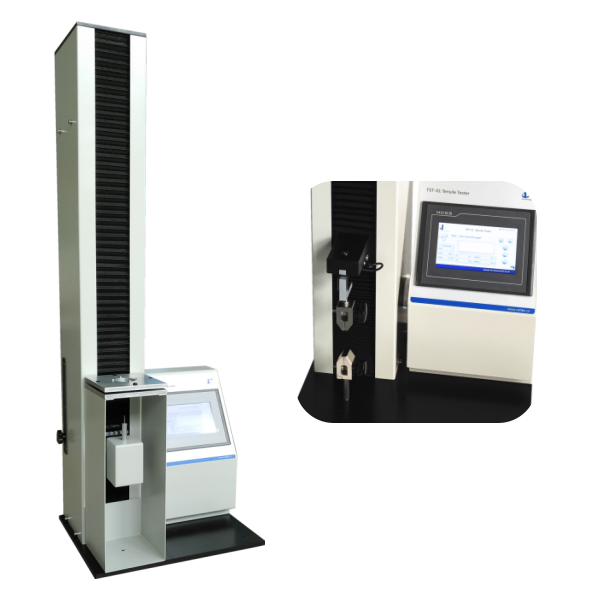ASTM F1342
Puncture Test for Protective Clothing
In industries where protective clothing, plastic films, textiles, and laminates are critical to product performance and user safety, measuring puncture resistance is essential. The ASTM F1342 standard outlines the procedures for determining the puncture strength of materials using a standardized test method. This article provides a detailed guide on how to conduct the puncture test for protective clothing, textile puncture testing, and puncture resistance of plastic film and laminates in accordance with ASTM F1342, and introduces Puncturetest.com’s NPT-01 Puncture Tester as an ideal solution.
Summary of ASTM F1342
ASTM F1342 is a standardized test method developed by ASTM International. It defines the procedure for measuring the force required to puncture flexible materials using a pointed probe. The goal is to evaluate how resistant a sample is when subjected to penetration forces applied perpendicularly to its surface. This test is especially relevant in assessing the integrity of protective clothing, coated fabrics, plastic films, and laminates.
This method includes three different testing protocols—Method A, Method B, and Method C—each using a specific type of probe (A, B, or C) suited to different material types. Choosing the appropriate probe is essential for accurate and reproducible results.
ASTM F1342 - Applications
1. Puncture Test for Protective Clothing
Protective clothing must resist puncture threats such as needles, splinters, or sharp debris. ASTM F1342 simulates these conditions by pressing a steel probe into the material to determine the maximum force it can withstand before failure. Method A, using Probe A, is commonly used for elastomeric or coated textile materials, ideal for gloves, gowns, and hazmat suits.
2. Textile Puncture Testing
Woven and nonwoven textiles, particularly those used in safety and medical applications, are tested using either Probe A or B depending on their structure. The results help manufacturers optimize material layering and treatment for enhanced durability.
3. Puncture Resistance of Plastic Film
In the packaging and medical sectors, thin plastic films require verification against penetration during transport or storage. Using Method B and Probe B, ASTM F1342 evaluates how well these materials maintain their integrity when subjected to potential puncture hazards.
4. Laminates Puncture Testing
Laminated materials, including multi-layer packaging films or composite protective gear, are evaluated using the most appropriate probe based on flexibility and coating. These tests determine the weakest points in the material stack and offer insights for reinforcement strategies.
How to Conduct a Test According to ASTM F1342
To ensure accurate testing and compliance with ASTM F1342, follow these critical steps:
1. Sample Preparation
Prepare 12 test specimens, each properly cut to fit the specimen support assembly. Measure their thickness using a precision gauge to the nearest 0.01 mm.
2. Setup and Equipment
Use a compression testing machine equipped with a calibrated puncture probe (A, B, or C). The device must offer a uniform velocity of 50.8 cm/min and record the load with an error margin under 2%.
3. Mounting the Specimen
Secure the material between two metal support plates with pre-drilled holes aligned to the probe.
4. Performing the Test
Activate the machine to drive the probe into the specimen. The test ends when the material is punctured or the probe travels 20 mm.
5. Data Collection
Record the maximum puncture force and material deflection prior to penetration. Average the results from 12 tests for a final puncture resistance value.


